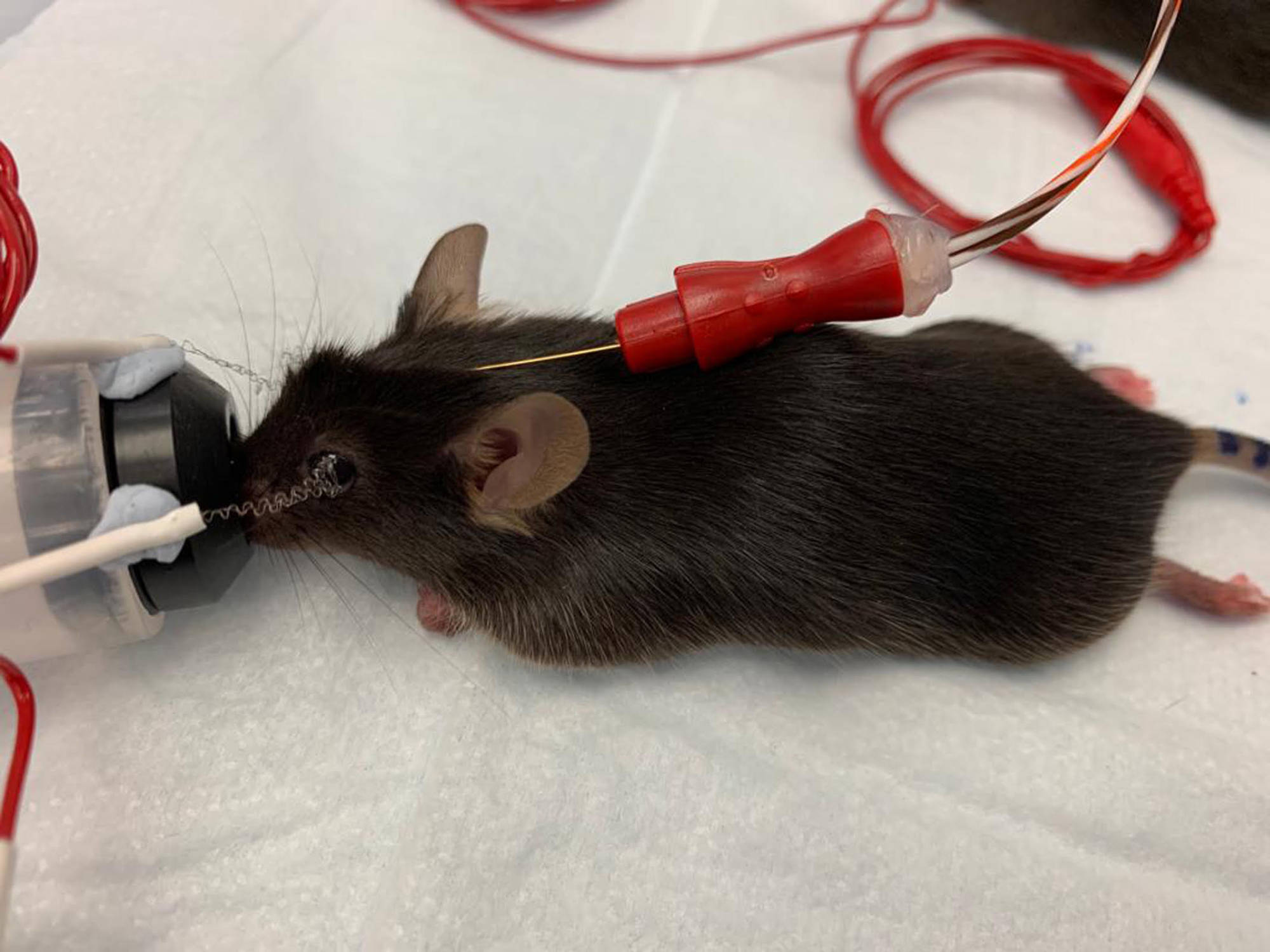
Depression and dementia may be treatable using eye stimulation therapy, Hong Kong researchers show
- Transcorneal electrical stimulation, or TES, is used to treat certain eye conditions, but may also help fight depression and dementia, a Hong Kong study shows
- The treatment lowers stress, stimulates the production of brain cells, and improves spatial learning in mice, the lead author of the study tells the Post
A team of scientists from the University of Hong Kong and City University of Hong Kong have published results from a study that could have life-changing implications for sufferers of two of the world’s most debilitating health conditions: depression and dementia.
Lead author Dr Lim Lee-wei, an assistant professor in the school of biomedical sciences at the University of Hong Kong, explained the science of transcorneal electrical stimulation (TES), a non-invasive stimulation of the cornea – the eye’s surface.
TES is reported to have positive effects in treating various eye conditions and is practical and easy to administer to humans. Contact-lens-like electrodes are placed on subjects’ corneas and connected to a special stimulation unit. This improves vision through its effects on the retina and optic nerve.
TES also activates brain pathways which reduce the production of stress hormones, producing an effect similar to that of antidepressants, the study shows.

An associated treatment that helps people heal from emotional distress is eye movement desensitisation and reprocessing (EMDR).

TES is different to EMDR in that electrical currents are applied to the corneal surface to activate specific brain pathways to enhance the antidepressant effects identified.
During an animal study of TES’ effects, rodents were sedated and a stimulating electrode placed on the surface of their eye. The electrode delivered electrical currents which other studies have shown help to protect the retina.

In depressed people, stress is thought to impede “synaptic plasticity” – the brain’s ability to adapt and respond to new information – and apoptosis, the normal death of cells that is part of an organism’s development.
The hippocampus and amygdala are the areas of the brain responsible for learning, memory and emotional regulation. Because these two areas are connected to visual pathways, treatment involving the eyes – like TES – can help treat issues associated with emotional imbalance, such as depression.
The study also showed that TES could reduce the stress hormone cortisol in humans, an important finding since depressed patients frequently exhibit elevated cortisol levels.
Your eyes could tell you whether you’ll get Alzheimer’s disease
Chronic stress disrupts neurogenesis – the development of new brain cells – and this can lead to depression. Two of the genes that are instrumental in neurogenesis are Ki-67 and nestin, and the study found TES activates them both in the hippocampus, leading to an increase in the production of brain cells to combat mental illness.
Two other hallmarks of dementia and other forms of Alzheimer’s are inflamed nerves and impaired synapses, where electrical signals are transmitted between nerve cells. The Hong Kong researchers found that TES may help prevent both phenomena by restoring the protein responsible for the creation, functioning and stability of synapses.

In tests on animals, TES showed promising effects in improving memory and lowering depression.
The researchers say these findings may apply to other neuropsychiatric conditions too, such as mood and anxiety disorders and post-traumatic stress disorder, but this requires further study.
Lim estimates that it could take two to five years for the research to move from the laboratory to clinical trials, and then it will take additional time for the US Food and Drug Administration to approve TES’ use to treat depression and dementia.
What is PTSD? How Japan’s ex-princess Mako shows it can strike anyone
“Our current findings can be considered highly innovative, as we aim to establish this novel strategy in future clinical applications using state-of-the-art TES for patients with major depression and dementia,” he says.
“This discovery is expected to provide rapid and robust therapies, and most importantly, if TES is effective in reducing the symptoms of depression and dementia, then this could be a major breakthrough for patients, families and caregivers.”

